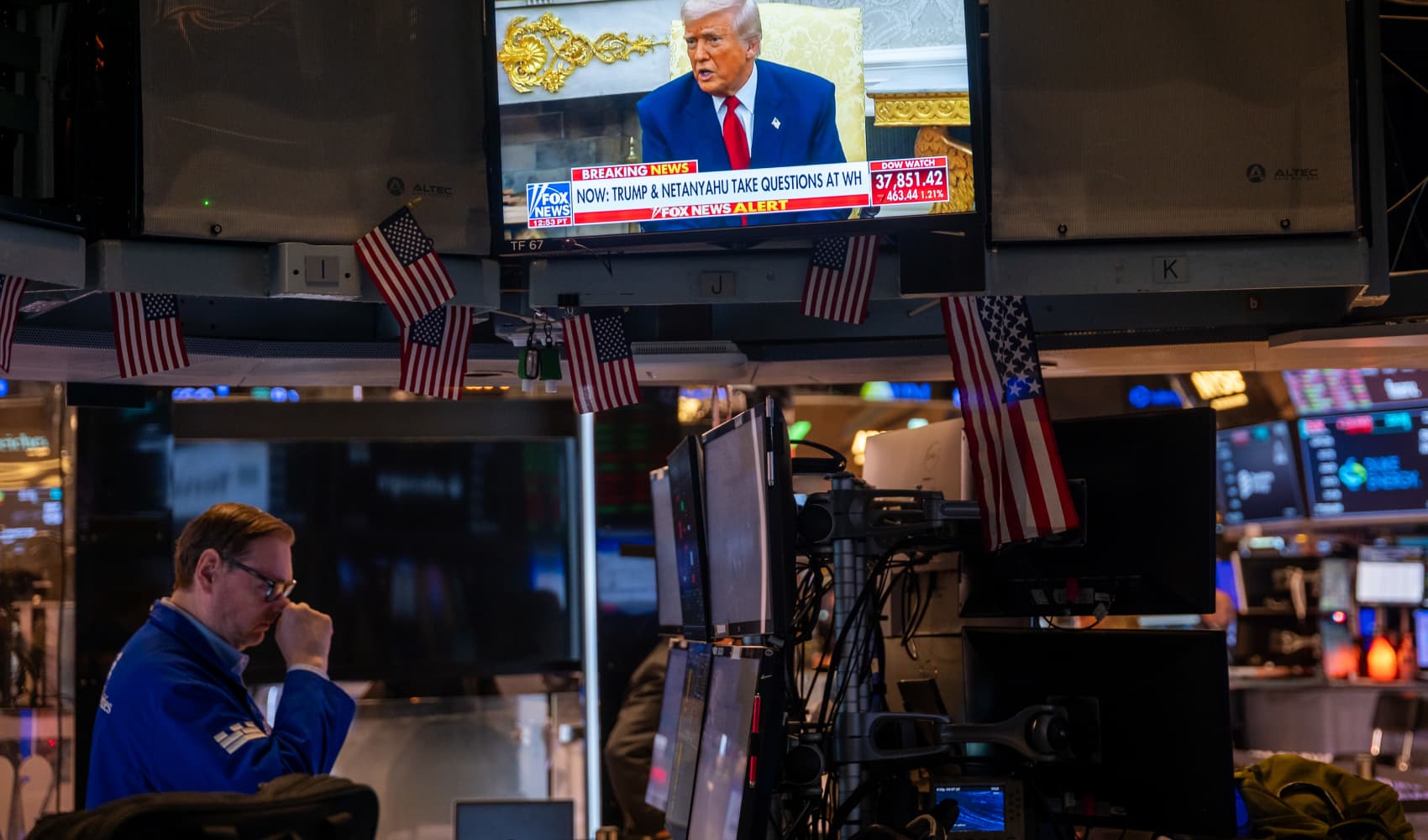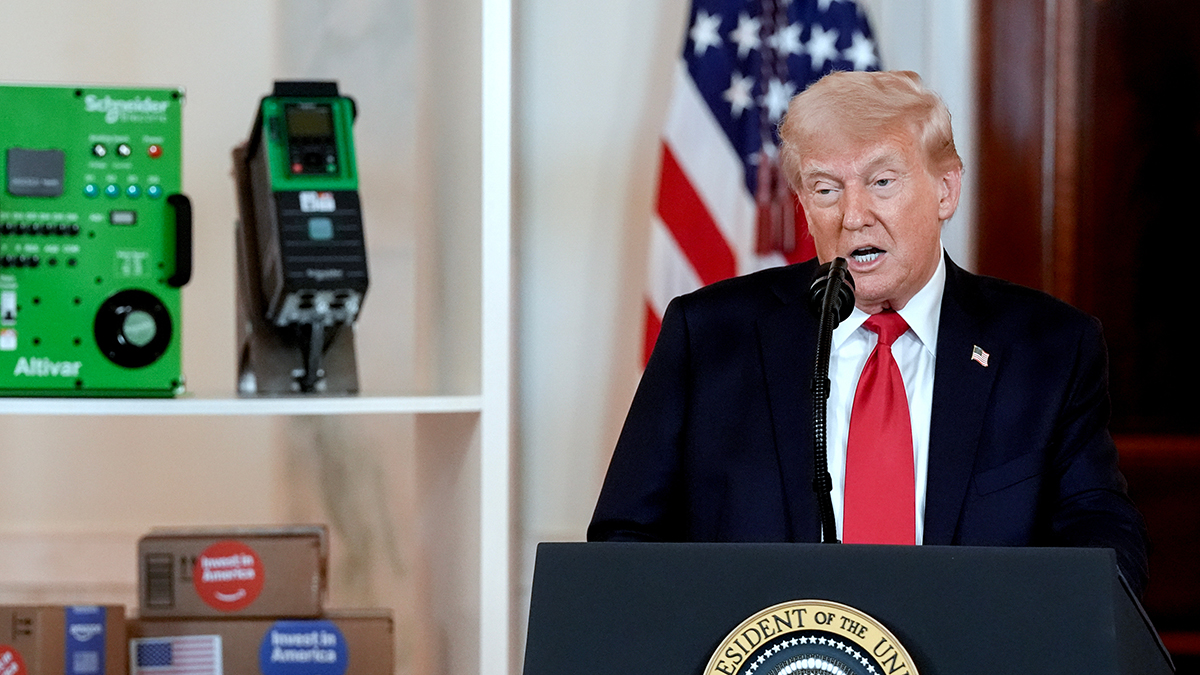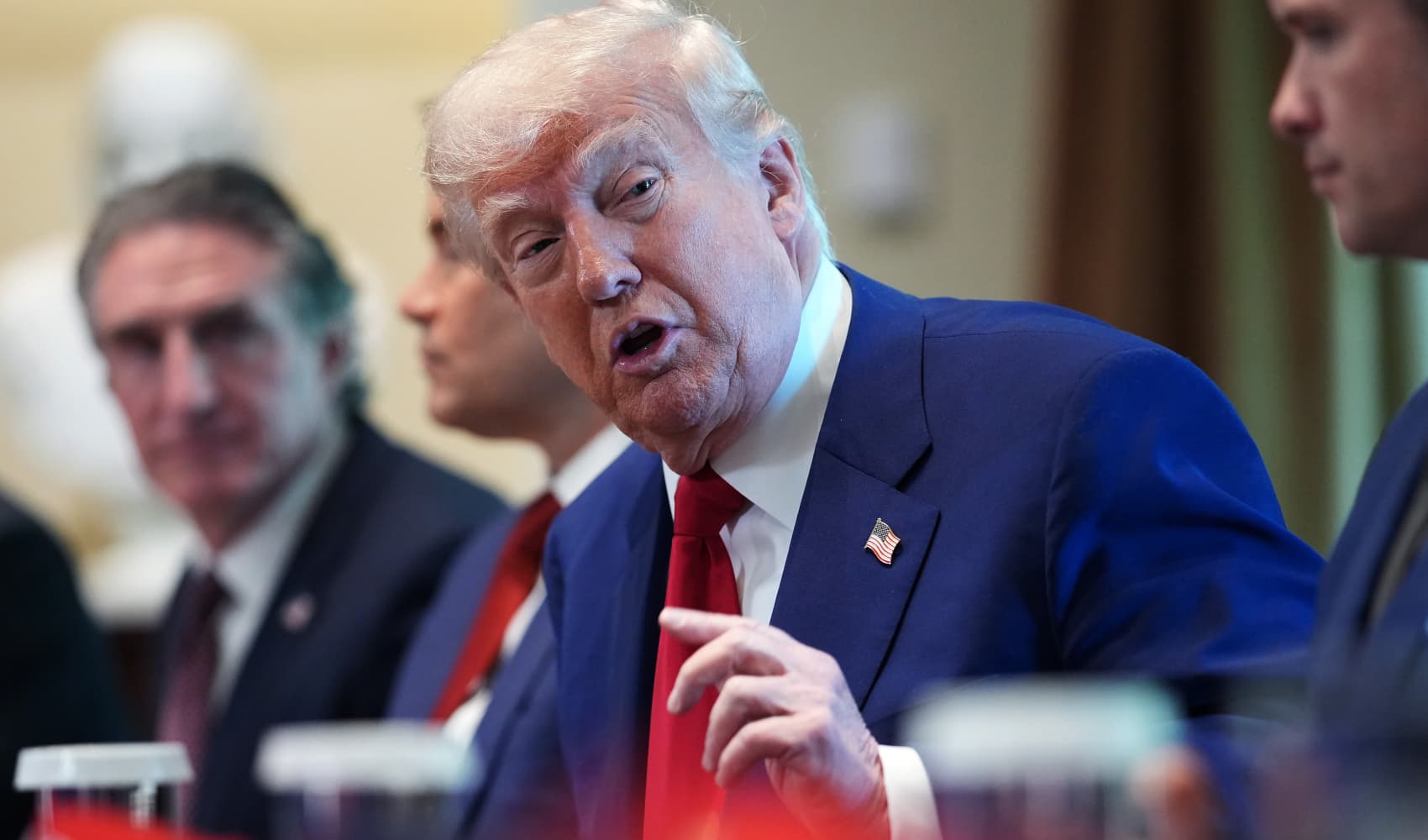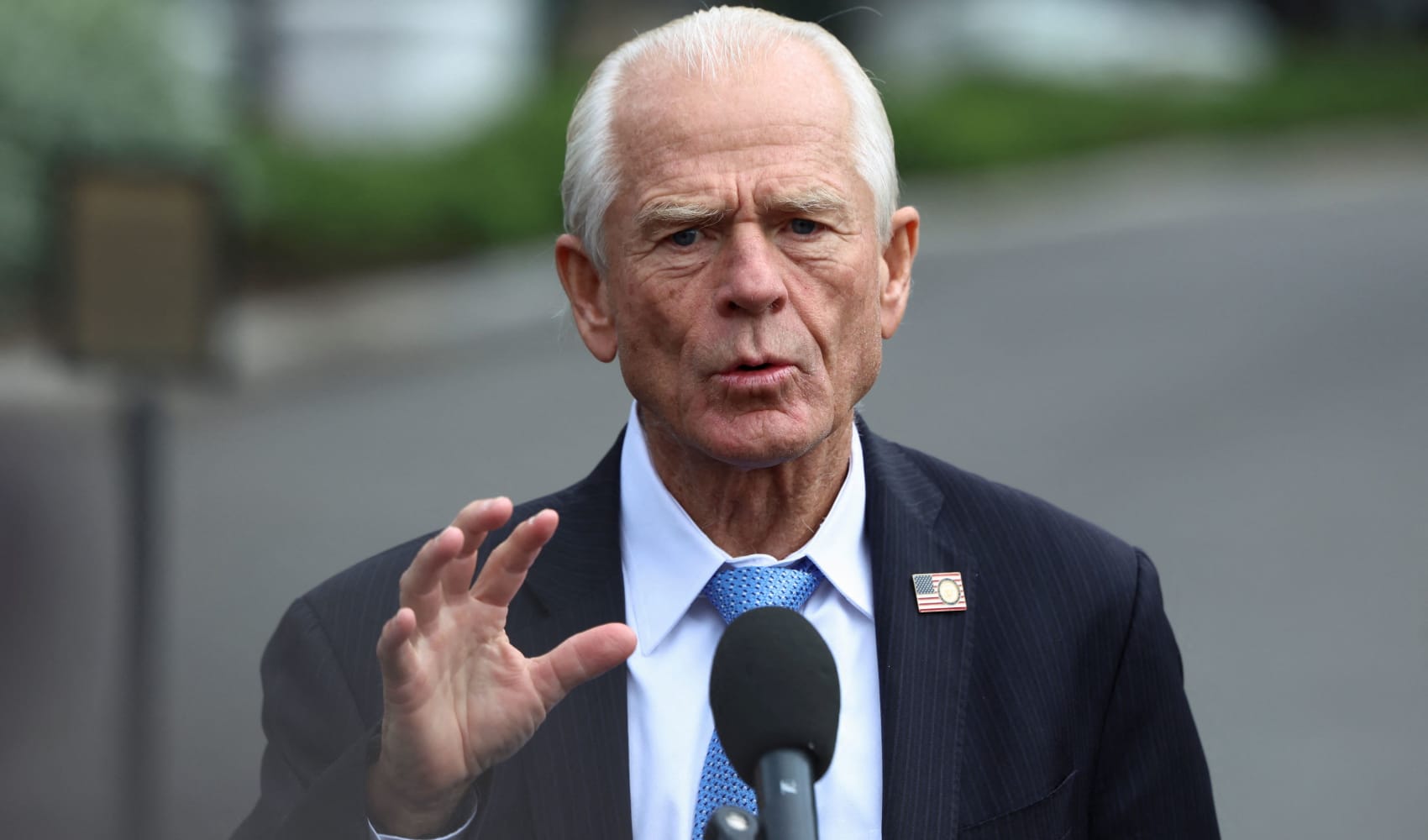Emerging Markets' Trade War Play: Outsmarting US & China
Emerging Markets' Bold Gamble: A Post-Tariff Future Without US or China
Introduction: Navigating the Trade War Maze
Emerging markets. They're the vibrant engines of global growth, the dynamic hubs where innovation and opportunity often bloom first. But lately, they've been caught in a geopolitical tug-of-war, seemingly forced to choose between the economic behemoths of the United States and China. Imagine being stuck between a rock and a hard place – that's the predicament many emerging economies have found themselves in amid escalating trade tensions.
However, the story doesn't end there. Instead of passively accepting their fate, many of these nations are charting their own course, betting on a future where they are not merely pawns in a global game, but active players shaping their own destinies. They're not just picking sides; they're picking themselves. This is their story of resilience, innovation, and strategic self-reliance in a rapidly changing world.
The Tightrope Walk: Balancing US and China
For years, emerging markets have benefited from the interplay between the US and China. The US provided a major consumer market, while China became the world's factory. But the trade war has thrown a wrench into this established order. Tariffs, sanctions, and trade barriers have created uncertainty, forcing emerging economies to carefully consider their allegiances and strategic partnerships.
What do you do when your two biggest trading partners are locked in a bitter dispute? It's like being a kid with divorced parents – you have to navigate the situation carefully to avoid getting caught in the crossfire.
A New Paradigm: Intra-Regional Trade Takes Center Stage
According to UN Trade and Development (UNCTAD) Secretary-General Rebeca Grynspan, intra-regional trade is experiencing significant growth. This means that emerging markets are increasingly looking to each other for trade and investment opportunities. It's a move away from relying solely on the US and China and towards fostering stronger economic ties within their own regions.
Think of it as a group of friends deciding to start their own club instead of constantly trying to get accepted into the popular cliques. It's about building a community based on shared interests and mutual support.
Southeast Asia: The Rising Star
Southeast Asia is emerging as a key player in this new landscape. Countries like Vietnam, Indonesia, Malaysia, and Thailand are attracting foreign investment, boosting their manufacturing capabilities, and strengthening their regional trade networks. They are becoming hubs of economic activity, offering alternatives to China as a production base and a growing consumer market.
Vietnam: The Manufacturing Magnet
Vietnam, in particular, has seen a surge in foreign direct investment as companies seek to diversify their supply chains away from China. Its strategic location, competitive labor costs, and improving infrastructure make it an attractive destination for manufacturers looking to relocate or expand their operations. Vietnam is like the new kid in town who quickly becomes the most popular.
Indonesia: The Untapped Potential
Indonesia, with its vast population and abundant natural resources, represents a massive untapped market. The country is investing heavily in infrastructure development and implementing reforms to improve its business environment, aiming to attract even more foreign investment and unlock its full economic potential.
The Role of Technology and Innovation
Technology is playing a crucial role in the growth of emerging markets. Digitalization, e-commerce, and fintech are transforming economies, creating new opportunities for businesses and consumers alike. These technologies are helping to level the playing field, allowing emerging economies to compete more effectively in the global marketplace.
It's like giving everyone a smartphone – suddenly, access to information and opportunities is democratized, and new possibilities emerge.
The Belt and Road Initiative: A Double-Edged Sword
China's Belt and Road Initiative (BRI) has presented both opportunities and challenges for emerging markets. While the BRI has provided much-needed infrastructure investment, it has also raised concerns about debt sustainability and geopolitical influence. Emerging markets must carefully weigh the benefits and risks of participating in the BRI.
Think of the BRI as a loan from a friendly neighbor – it can be helpful in the short term, but you need to make sure you can repay it in the long run.
Navigating Geopolitical Tensions
Emerging markets are also having to navigate increasingly complex geopolitical tensions. The US-China rivalry, the war in Ukraine, and rising protectionism are all creating uncertainty and volatility in the global economy. Emerging economies must be agile and adaptable to survive and thrive in this turbulent environment.
Building Resilience: Diversification is Key
One of the most important strategies for emerging markets is diversification. Diversifying their economies, trade partners, and investment sources can help them to reduce their reliance on any single country or region and make them more resilient to external shocks. Diversification is like not putting all your eggs in one basket – it reduces your risk and increases your chances of success.
Investing in Human Capital
Investing in education, skills training, and healthcare is essential for long-term economic growth and development. A skilled and healthy workforce is a key ingredient for attracting foreign investment, driving innovation, and improving productivity.
The Importance of Good Governance
Good governance is crucial for creating a stable and predictable business environment. Transparency, accountability, and the rule of law are essential for attracting foreign investment, promoting economic growth, and ensuring that the benefits of globalization are shared by all.
The Rise of Regional Trade Agreements
Regional trade agreements, such as the Regional Comprehensive Economic Partnership (RCEP), are playing an increasingly important role in fostering trade and investment among emerging markets. These agreements reduce trade barriers, streamline customs procedures, and create more integrated regional economies.
Sustainable Development: A Priority for the Future
Emerging markets are increasingly focused on sustainable development. They are investing in renewable energy, promoting energy efficiency, and implementing policies to protect the environment. Sustainable development is not just about protecting the planet; it's also about creating long-term economic opportunities and improving the quality of life for future generations.
Challenges and Opportunities Ahead
Emerging markets face a number of challenges in the years ahead, including rising debt levels, climate change, and income inequality. However, they also have enormous opportunities to leverage technology, innovation, and regional integration to drive economic growth and improve the lives of their citizens.
OCBC Bank's Perspective: No Easy Solutions
According to OCBC Bank’s Lavanya Venkateswaran, there are no “easy solutions” for emerging economies navigating the trade war. This highlights the complex and multifaceted nature of the challenges they face. It requires a nuanced approach, tailored to the specific circumstances of each country, to mitigate the impact of US tariffs and other external shocks.
Malaysia's Strategy: Negotiation and Soft Landing
Ong Kian Ming, Malaysia’s former deputy minister, suggests that Southeast Asian countries like Malaysia need to negotiate with the US to achieve a “soft-landing spot.” This underscores the importance of diplomacy and strategic engagement in managing trade relations with major powers.
Conclusion: A New Era of Emerging Market Power
Emerging markets are no longer just passive recipients of global trends; they are increasingly active shapers of their own destinies. By focusing on intra-regional trade, diversifying their economies, investing in technology and human capital, and promoting good governance, they are positioning themselves to thrive in a post-tariff world. The future belongs to those who are willing to take risks, innovate, and bet on themselves. They aren't just choosing between the US and China; they're choosing a future where they are the winners.
Frequently Asked Questions
- What is intra-regional trade, and why is it important? Intra-regional trade refers to trade between countries within the same geographic region. It's important because it reduces reliance on external markets, fosters economic integration, and promotes regional stability.
- How can emerging markets benefit from technology? Emerging markets can benefit from technology by improving productivity, fostering innovation, expanding access to education and healthcare, and creating new economic opportunities.
- What are the main challenges facing emerging markets in the coming years? The main challenges facing emerging markets include rising debt levels, climate change, income inequality, and geopolitical tensions.
- How can emerging markets attract more foreign investment? Emerging markets can attract more foreign investment by improving their business environment, investing in infrastructure, promoting good governance, and developing a skilled workforce.
- What is the Belt and Road Initiative, and what are its potential impacts on emerging markets? The Belt and Road Initiative is a Chinese infrastructure development project that aims to connect Asia, Europe, and Africa. It has the potential to boost economic growth in emerging markets but also raises concerns about debt sustainability and geopolitical influence.









